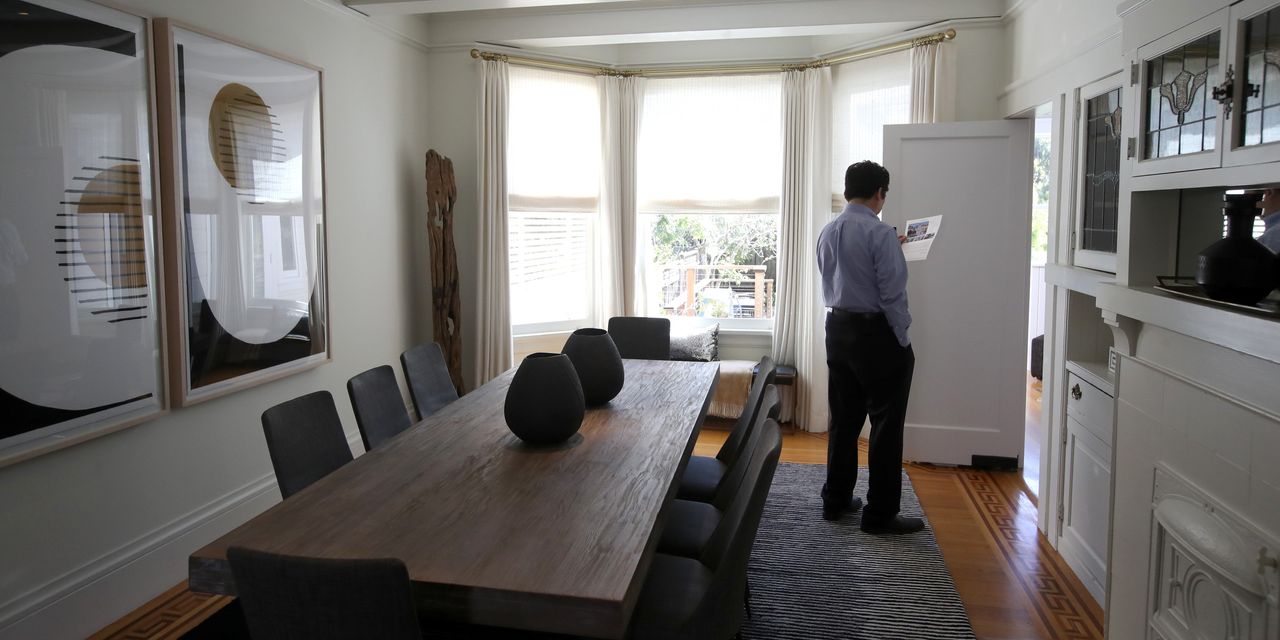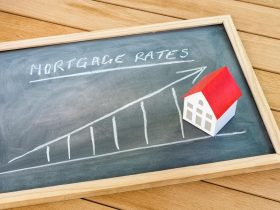The housing market has no mercy for the typical home buyer.
With home prices at a record high and mortgage rates over 7%, housing affordability has fallen sharply to the lowest level since 1984, mortgage-data company Black Knight
BKI,
said Thursday. But a lack of inventory has helped keep prices high, observers said.
The monthly payment on a typical home in July requires approximately 38% of a median household’s income, up from 36.8% the previous month. That makes “housing the least affordable that it’s been since 1984,” the company said.
Housing was most affordable in January 2013, Black Knight said, when a payment-to-income ratio was just 17.1%. But that’s also one month after the bottom of the market, after the Great Recession.
Back then, the 30-year was considerably higher at 13.2%, the company added. Black Knight’s data goes back through 1975. Housing was most affordable in January 2013, the company said, when a payment-to-income ratio was just 17.1%. But that’s also one month after the bottom of the market, after the Great Recession.
With rates at 7.23% as of Aug. 24, the typical mortgage payment — including principal and interest — to purchase a median-priced home with a 20% down payment and a 30-year fixed-rate mortgage had risen by 91% over the last two years to $2,423, Black Knight said.
No signs of respite
Home prices offer no respite for the weary house hunter, who is also grappling with the rising cost of homeownership.
Overall, home prices hit an all-time high in July, according to Black Knight’s Home Price Index, increasing 2.3% in July from the year before after rising just 0.9% on the year in June. All numbers are seasonally adjusted.
The median price of an existing home in July was $406,700; the price of a newly built home was $436,700.
According to Black Knight’s index, home prices grew on a month-over-month basis in 99 of the 100 largest markets in July, the company said, with Hartford, Conn. leading the pack with an annual increase of 1.6%, followed by Providence, R.I. (1.2%), and Philadelphia, Penn. (1.1%).
The only market that saw home prices fall on a month-on-month basis was Austin, with growth at -0.1%.
“If price gains were to maintain their current pace — which is unlikely given how tight affordability has become — it would result in annual gains returning above 7.5% by the end of the year,” Andy Walden, vice president of enterprise research at Black Knight, said in a statement.
“Either way, further acceleration in annual appreciation is almost a certainty for August,” he added.
Read the full article here













Leave a Reply